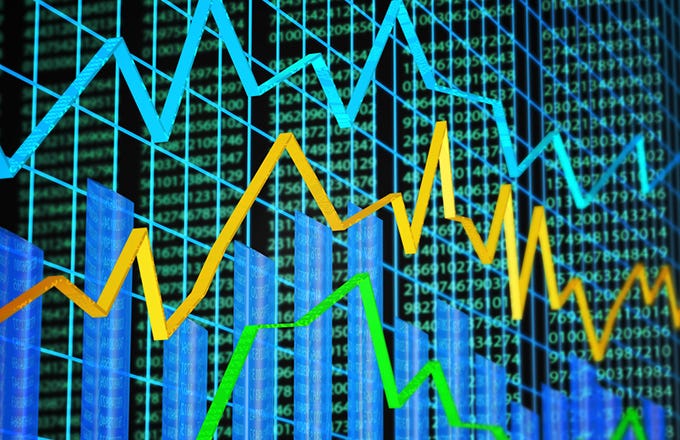Use a stop order to trigger a market or limit order once a specified price has been reached. A stop order is appropriate when it is important to confirm the direction of the market before entering a trade.
A stop order to buy or sell becomes active only after a specified price level (the "stop level") has been reached. Stop orders work in the opposite direction as limit orders: A buy stop order is placed above the market, and a sell stop order is placed below the market (see below). Once the stop level has been reached, the order is automatically converted to a market or limit order (depending on the type of order you specify). In this sense, a stop order acts as a trigger for the market or limit order.
Consequently, stop orders are further defined as stop-market or stop-limit orders. A stop-market order sends a market order to the market once the stop level has been reached; a stop-limit order sends a limit order. Stop-market orders tend to be more widely used than stop-limit orders because they are filled more consistently (remember, a market order guarantees a fill, not a price).
 |
| Figure 4 - A buy stop order is placed above the market; a sell stop order is placed below the market. Image created with TradeStation. |
Since a buy stop order creates an order to purchase above the current price, you may wonder why anyone would want to enter a trade at a worse price than the current market price. That’s a good question. A buy stop order triggers the market or limit order only if price reaches the stop level, allowing you to challenge price to reach a certain level. If price reaches the stop level, it can provide confirmation regarding the direction of the market. Traders often use key levels, such as support and resistance or Fibonacci levels, when choosing stop levels. (For related reading, see Fibonacci and the Golden Ratio.)
 |
| Figure 5 - This buy stop order will trigger a market order and enter a long trade once price advances to $1425.00. The current price ($1423.50) appears in the yellow-shaded price cell. Image created with TradeStation. |
The most common use for a stop order is to set a risk limit for a trade, or a stop-loss. A stop-loss order is set at the price level past which you aren’t willing to risk any more money on the trade. For long positions, the initial stop-loss is set below the trade entry, providing protection in the event the market falls. For short positions, the initial stop-loss is set above the trade entry in case the market rises. (For related reading, see The Stop-Loss Order: Make Sure You Use It.)
Another application of a stop order is the trailing stop – a dynamic stop order that follows price in order to lock in profits. A trailing stop incrementally rises in a long trade, following price as it climbs higher. In a short trade, a trailing stop follows price downward. You define the magnitude of the trailing stop as either a percentage or a dollar amount, which determines the distance between the current price and the trailing stop level. The tighter the trailing stop, the closer it follows price. Conversely, a wide trailing stop gives the trade more room. (For more, see When Should I Use a Trailing Stop Order?)
Introduction To Order Types: Conditional Orders
-
 Trading
TradingTrailing-stop/stop-loss combo leads to winning trades
Combine trailing stops with stop-loss orders to reduce risk and protect profits. -
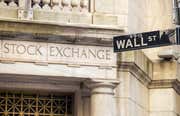 Investing
InvestingNarrow Your Range With Stop-Limit Orders
With stop-limit orders, buyers protect themselves from prices too high for their tastes. -
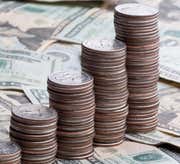 Trading
TradingMaximize Profits With Volatility Stops
Find out which type of volatility stop fits your trading objectives. -
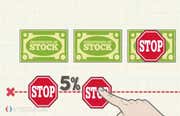 Investing
InvestingStop Loss Order Strategy
A stop loss order is an order placed with a broker to sell a stock immediately if it drops to a certain price. It's a common way for investors to protect themselves from the possibility of a ... -
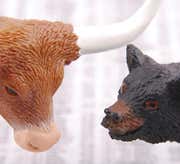 Trading
TradingThe Stop-Loss Order - Make Sure You Use It
The stop-loss order is a simple but powerful investing tool. Find out how you can use it to help you implement your stock-investment strategy. -
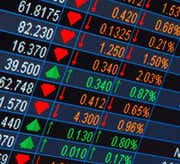 Trading
TradingA logical method of stop placement
Explore several approaches to determining stop-order placement in forex trading that will help you swallow your pride and keep your portfolio afloat. -
 Trading
TradingHow To Place Orders With A Forex Broker
Learn how to set each type of stop and limit when trading currencies. -
 Investing
InvestingThe Truth About Investing Using Stop Losses
Stop losses are supposed to save you money when a stock's value falls, but they end up costing more.



